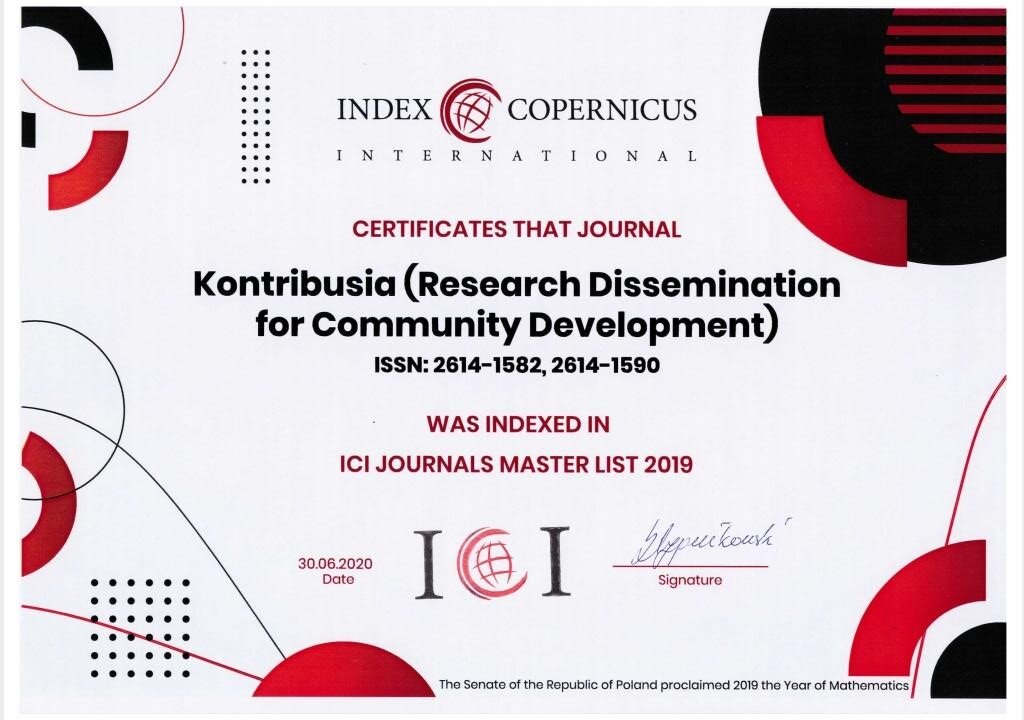Work Shift System And Heavy Equipment Operator Fatigue in Mine
DOI:
https://doi.org/10.30587/kontribusia.v6i2.6153Keywords:
work fatigue, shift work system, heavy equipment operator, miningAbstract
Application work shift system given impact on health including changes system hemodynamics, patterns sleep, and fatigue. Research objectives This for analyzed difference operator fatigue heavy undergoing mining system shift and non-shift work. Quasi experimental is designed with pre-test & post-test approach with control group. Population is a tool operator heavy undergoing mining system shift and non-shift work. The sample of 50 people with criteria power work fixed and a minimum of 3 months working period on each group taken by simple random sampling technique. Variable study is system shift work and burnout work use strop color and word test (SCWT). Analysis used Wilcoxon test and Mann Whitney test. All operators in the non-shift group on two measurements fit category, meanwhile the fit condition of the shift group decreased from 90% to 86%. Condition less fit shift groups increased from 10% to 14%, and all fit. Wilcoxon test shows no there is difference fatigue work between pre- test and post- test (p value 0.157). Mann Whitney test show there is difference fatigue work shift and non-shift groups at pre- test (p value 0.022) and post- test (p value 0.006). Prevention efforts fatigue work should be held continuous so that risk accident work can minimized. labor expected intertwine cooperation with officers related monitoring condition body and order carry out K3 culture for maintain health and safety during work.









